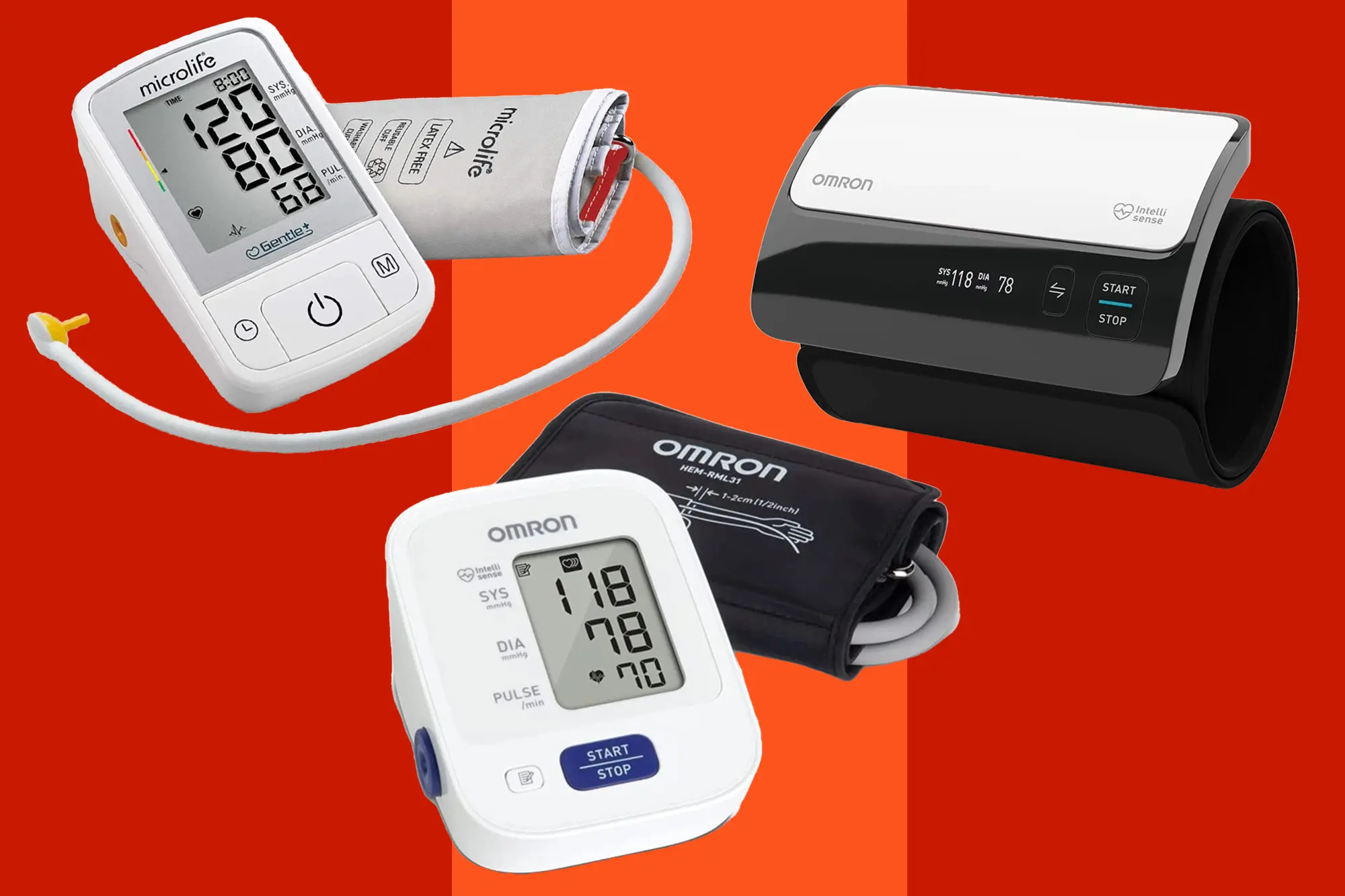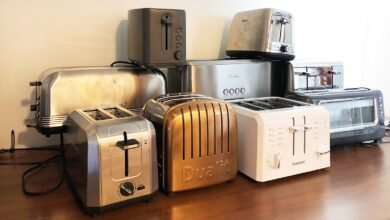The Ultimate Guide to Blood Pressure Monitors: Keeping Your Heart Health in Check

Monitoring blood pressure is crucial for maintaining heart health, especially for those at risk of hypertension or cardiovascular disease. Blood pressure monitors have become essential tools in homes and healthcare settings, allowing individuals to track their blood pressure readings conveniently. This guide will explore the types of blood pressure monitors, their benefits, tips for choosing the right one, and how to use them effectively.
Understanding Blood Pressure
1. What is Blood Pressure?
Blood pressure is the force of blood pushing against the walls of your arteries as your heart pumps it around your body. It is measured in millimeters of mercury (mmHg) and is presented as two numbers: systolic (the pressure during heartbeats) over diastolic (the pressure between heartbeats).
2. Why Monitor Blood Pressure?
Regular monitoring helps detect high or low blood pressure early, enabling timely intervention and management. Maintaining blood pressure within a healthy range can prevent serious health issues, such as heart attacks, strokes, and kidney disease.
Types of Blood Pressure Monitors
1. Manual Blood Pressure Monitors
Manual blood pressure monitors, also known as sphygmomanometers, consist of an inflatable cuff, a pressure gauge, and a stethoscope. These monitors require a trained individual to measure blood pressure accurately.
Pros:
- Highly accurate when used correctly
- No batteries or electronics needed
- Durable and long-lasting
Cons:
- Requires training to use effectively
- Can be less convenient for at-home use
2. Digital Blood Pressure Monitors
Digital blood pressure monitors are the most common type for home use. They come with an automatic cuff that inflates and deflates with the push of a button, displaying readings on a digital screen.
Pros:
- Easy to use, even for beginners
- Quick and convenient readings
- Some models can store multiple readings for later review
Cons:
- May require batteries or charging
- Accuracy can vary based on user technique
3. Wrist Blood Pressure Monitors
Wrist monitors are compact devices that measure blood pressure at the wrist. They are convenient for travel and easy to store but may be less accurate than arm monitors.
Pros:
- Portable and lightweight
- Easy to use
- Suitable for travel
Cons:
- Potential for less accurate readings
- Positioning is crucial for accuracy
4. Smart Blood Pressure Monitors
Smart blood pressure monitors connect to smartphones or tablets via Bluetooth or Wi-Fi. These devices often come with apps that track your readings, analyze trends, and provide reminders for regular monitoring.
Pros:
- Tracks data over time easily
- Provides insights and trends
- Convenient for tech-savvy users
Cons:
- Requires a compatible smartphone or tablet
- May be more expensive
Benefits of Using a Blood Pressure Monitor
1. Early Detection of Health Issues
Regular monitoring helps identify fluctuations in blood pressure, allowing for early detection of potential health problems. This proactive approach can lead to timely medical intervention and better health outcomes.
2. Improved Management of Existing Conditions
For those already diagnosed with hypertension or other cardiovascular issues, monitoring blood pressure at home can provide valuable information to help manage their condition effectively. It enables patients to track their responses to medication and lifestyle changes.
3. Convenience and Accessibility
Having a blood pressure monitor at home allows for convenient, regular monitoring without the need for frequent doctor visits. This accessibility encourages individuals to take charge of their health and stay informed about their blood pressure levels.
Tips for Choosing the Right Blood Pressure Monitor
1. Cuff Size
Ensure the cuff size is appropriate for your arm. An incorrectly sized cuff can lead to inaccurate readings. Most monitors come with sizing guidelines to help you choose the right fit.
2. Type of Monitor
Consider your lifestyle and preferences when selecting a monitor. Digital monitors are generally more user-friendly, while manual monitors offer higher accuracy for trained users.
3. Memory Function
If you plan to track your blood pressure over time, choose a monitor with a memory function to store past readings. This feature can help you and your healthcare provider identify trends.
4. Ease of Use
Look for a monitor that is simple to operate. Digital monitors with clear displays and straightforward instructions are ideal for home use, especially for those who may not be tech-savvy.
How to Use a Blood Pressure Monitor Effectively
1. Prepare for the Measurement
Before taking a reading, ensure you are relaxed. Sit in a comfortable position with your back supported and your feet flat on the floor. Avoid caffeine, smoking, and strenuous activity for at least 30 minutes prior to measuring.
2. Position the Cuff Correctly
For arm monitors, wrap the cuff around your upper arm, ensuring it’s snug but not too tight. The bottom of the cuff should be about an inch above your elbow. For wrist monitors, position it at heart level.
3. Follow the Instructions
Turn on the monitor and follow the manufacturer’s instructions for taking a reading. Keep still and quiet during the measurement, as movement can affect accuracy.
4. Record Your Readings
After taking your reading, record the results for future reference. If your monitor has a memory function, it may store this information automatically.
Conclusion
Blood pressure monitors are essential tools for managing and maintaining heart health. By understanding the different types available and following best practices for use, you can take charge of your cardiovascular well-being. Regular monitoring, combined with healthy lifestyle choices, can significantly reduce the risk of heart disease and improve your overall quality of life. Empower yourself to prioritize your health—start monitoring your blood pressure today!



